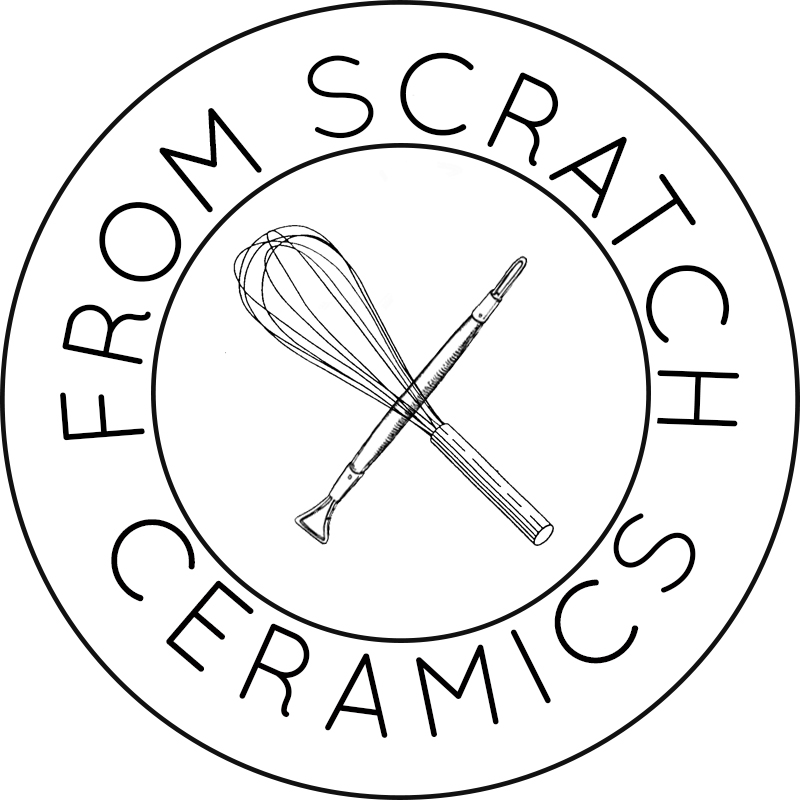Making a wheel-thrown juicer
To start I would like to introduce everyone to my wheel. He is a Skutt kick-wheel, that I bought a year after my very first throwing class, which at the time was the biggest purchase I had ever made. I considered him an investment, and still firmly believe it. Over the past three years we have become very well acquainted. I know his quirks, and he probably has learned some of mine. Somedays we see eye to eye, while other days we have very different opinions on what type of forms we should be making. Most of the time we can agree to disagree, and work together to get the job done.
He may look a bit disheveled that's mainly my fault, I usually deep clean the studio on Thursdays; it's Wednesday. Just imagine all the clay is sweat, my wheel is a very hard worker.
Understanding how to use a wheel takes practice, and actually creating something on the wheel takes years of practice. At least creating something of value, that's done correctly, and with a certain amount of skill. Anyone can sit down and throw something on the wheel, but it takes a bit more knowledge, and hard work to understand the difference between a good pot, and.... errrr well, just a pot.
The juicers I have made for my next baking post took quite a bit of trial and error. It is thrown from one ball of clay that I pulled up twice. Once on the end making the bowl shape, and then once more in the center creating the dome.
Then you let them dry to the leather hard stage so you can trim the bottoms. Attaching the coils to make ridges is the last part of the building process.
After they are bone dry they are bisque fired, and then glaze fired after that. The ceramic process is long tedious, and usually worth it at the end. I don't want to dive too much into bisque and glaze just yet, but here is the finished product.







